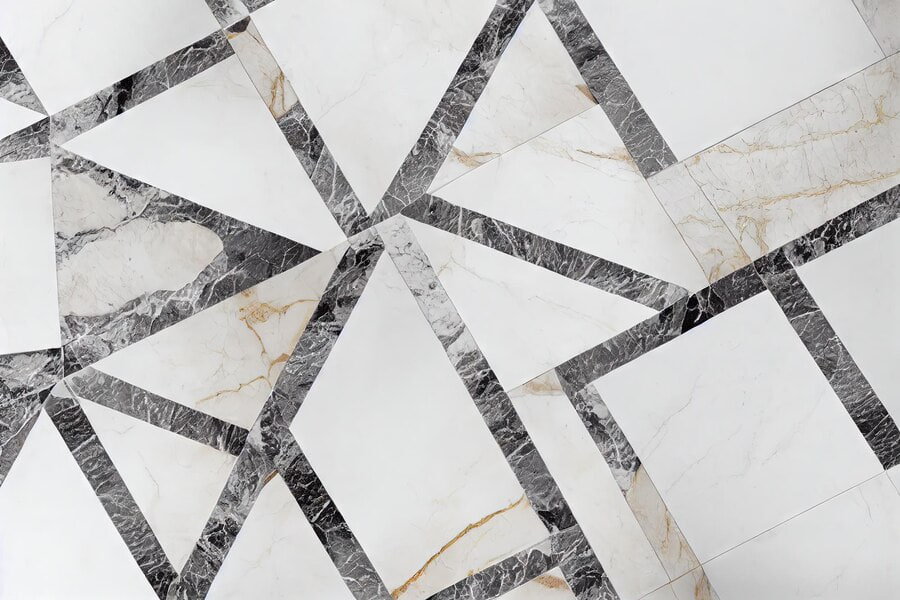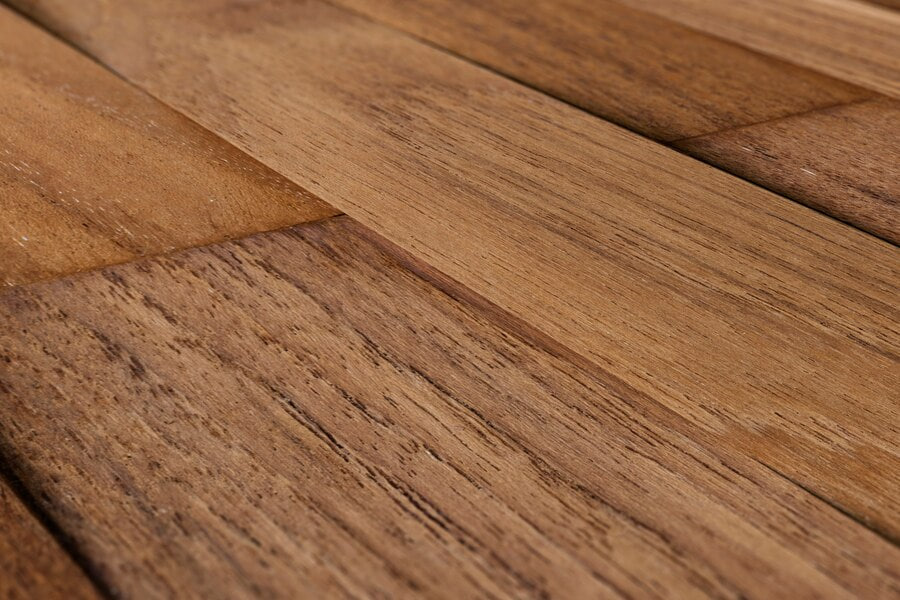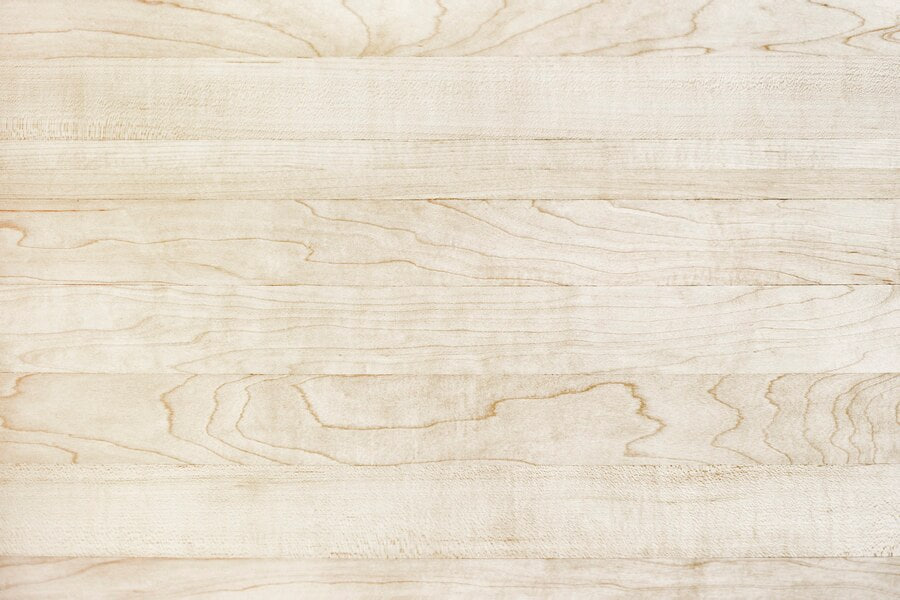The Best Flooring for Unheated 3-Season Porch
5 Jul, 2024
A three-season porch is an excellent way to enjoy the sunlight and connect with nature while being protected from insects, rain, and excessive heat or cold spring through fall.
If you’re planning to add an enclosed porch as part of your home extension project or to renovate your existing porch, there are several considerations to take into account, one of which is selecting the best flooring.
In this guide, we’re taking a closer look at different 3-season porch flooring options, providing their major pros and cons to help you make an informed choice.

The Best Flooring Options for 3-Season Porch
Not every type of flooring is suitable for an unheated sunroom — to serve you long, your sunroom flooring should demonstrate sun-fading resistance and withstand low temperature and humidity during the colder months. So, what flooring can be put on a 3-season porch? Let’s delve in.
Ceramic Tiles
Ceramic tiles are manufactured from clay, sand, and water. They are molded and fired, resulting in a durable flooring material. Known for their resilience, ceramic tiles make for ideal 3-season porch flooring.
Pros
- Ceramic tiles are durable and can handle heavy foot traffic.
- They’re water-resistant, making them suitable for a space exposed to occasional rain or humidity.
- Cleaning ceramic tiles is as easy as 1-2-3, making them a genuinely low-maintenance option.
Cons
- Ceramic tiles can be cold underfoot in cooler weather.
Luxury Vinyl Planks (LVP)
Luxury vinyl planks, or LVP, are designed to imitate the appearance of natural hardwood. Composed of multiple layers, including a PVC core and a protective wear layer, LVP is a waterproof and resilient option for 3-season porches.
Pros
- LVP is resistant to water.
- It provides a warmer and more comfortable surface compared to ceramic tiles.
Cons
- While generally durable enough, LVP can be susceptible to scratches from heavy furniture or sharp objects.
Rubber
Rubber flooring is produced from synthetic or natural rubber materials. It is an excellent choice for 3-season porches, offering insulation against cold temperatures and durability against wear and tear.
Pros
- Rubber flooring is soft and comfortable underfoot.
- It’s the most budget-friendly option on this list.
- It provides insulation against cold temperatures, making it a good choice for a cooler climate.
- Rubber is highly durable.
Cons
- Rubber flooring will likely give off a rubber smell in the first few weeks after installation.
- While durable and resilient, rubber surfaces can be easily damaged by sharp objects.

Engineered Hardwood
Engineered hardwood is crafted from natural wood veneer layers bonded with a plywood or high-density fiberboard (HDF) core. Homeowners often choose this type of flooring due to its visual appeal and enhanced resistance to temperature changes.
Pros
- Engineered hardwood is resistant to temperature changes and humidity.
- When properly installed and maintained, engineered hardwood flooring can last up to 50 years.
Cons
- It’s usually more expensive than other flooring options.
- Prolonged exposure to moisture can adversely affect engineered hardwood.
Porcelain Tiles
Porcelain tiles, similar to ceramic tiles, are made from natural clay but are fired at higher temperatures. This results in a denser and more durable material, making porcelain tiles a decent sunroom porch flooring option.
Pros
- Porcelain tiles are often chosen for their strength and durability.
- They’re easy to clean and maintain.
- Porcelain tiles are usually available in an impressive variety of styles, colors, and patterns.
Cons
- Porcelain tiles can feel cold and unpleasant when the outside temperature drops.
Carpeting
Carpeting is typically made from nylon, polyester, or wool, offering a soft and comfortable flooring option. Ideal for creating a cozy atmosphere, carpeting can be your best bet if you’re looking to add insulation and warmth to a 3-season porch.
Pros
- Carpet provides a soft and comfortable surface all year round.
- It adds insulation and warmth to the space.
- Numerous color and texture options are available.
Cons
- If you’re looking for a low-maintenance solution, carpeting might not be the best flooring for an unheated 3-season porch. Carpets get easily stained and require regular cleaning.
- Carpets aren’t suitable for humid environments.

Laminate
Laminate flooring comprises a high-density fiberboard (HDF) core, a layer imitating wood or stone, and a protective wear layer. An affordable and versatile option, laminate is quite suitable for 3-season porches.
Pros
- Laminate is known for its incredible versatility: it can imitate the appearance of different materials, including hardwood and stone.
- Laminate is often easy to install, making it a DIY-friendly option.
Cons
- Laminate is sensitive to moisture, and prolonged exposure can lead to damage.
- Damaged laminate may be challenging to repair, requiring replacement in most cases.
Factors To Consider When Choosing Flooring
Climate Considerations
Before selecting the best type of flooring for a 3-season porch, consider the local climate. If your region experiences a cold winter and a hot summer, it’s crucial to choose a flooring material that can withstand these changes.
For colder climates, rubber or engineered hardwood are the most reasonable options. For warmer climates, it’s a good idea to go for materials that remain cool, such as ceramic or porcelain tiles.
Also, it’s essential to assess potential exposure to humidity. If it often rains in your area, select materials that are resistant to moisture.
Durability and Maintenance
Consider the level of foot traffic your 3-season porch is likely to experience. High-traffic areas require durable flooring, so select the material with the needed scratch resistance and durability in mind.
Maintenance is another critical factor to consider. Flooring options like ceramic tiles, luxury vinyl planks, and rubber typically require minimal maintenance. On the other hand, carpets may demand more attention due to their susceptibility to stains.
Aesthetics and Style
Selecting flooring that complements the overall aesthetics and style of your 3-season porch is essential for creating a visually appealing space. That’s why consider flooring options that best match your windows and furniture.
Installation Tips and Tricks
Ceramic Tiles
- Ensure that the subfloor is clean, level, and dry before installation — it’s crucial for preventing cracks and ensuring a stable foundation.
- Utilize spacers to maintain consistent spacing between tiles.
- When grouting, use a rubber float to press the grout into the spaces between tiles. Clean excess grout immediately with a damp sponge.
Luxury Vinyl Planks (LVP)
- Let LVP acclimate to your porch’s temperature and humidity for around 48 hours before installation to prevent expansion or contraction.
- Most LVP comes with a click-and-lock installation system. Follow the manufacturer’s guidelines for interlocking the planks, and use a rubber mallet to secure them in place.
- Use a vinyl plank cutter or utility knife for precision cuts. For irregular shapes, create a template on cardboard first.
Rubber Flooring
- Ensure that the subfloor is smooth and dry. Remove any bumps or imperfections that may affect the installation.
- Always follow the manufacturer’s guidelines for adhesive selection and drying times.
- After laying the rubber flooring, use a heavy roller to ensure proper adhesion. This step is crucial for avoiding bubbles or gaps.
- When installing rubber tiles or sheets with seams, consider using seam sealer to prevent moisture infiltration and enhance the overall durability.
Engineered Hardwood
- Allow the engineered hardwood planks to acclimate to the room’s conditions for at least 72 hours before installation.
- Install a moisture barrier if installing the hardwood floor over a concrete subfloor.
Porcelain Tiles
- Ensure that the subfloor is clean and level.
- Dry-fit the tiles to ensure an aesthetic layout.
- Use a wet saw for precise cuts. Remember to put on goggles and gloves when cutting porcelain tiles.
Carpeting
- Before installation, ensure the subfloor is clean, smooth, and free of protruding nails or staples.
- Use a power stretcher for wall-to-wall carpet installation to prevent wrinkles and secure a tight fit.
- Choose the right type and thickness of carpet padding for your specific carpet type.
Laminate
- Let the laminate planks acclimate to the porch’s conditions for at least 48 hours before installation.
- Most laminate floors come with a click-and-lock installation system. Follow the manufacturer’s instructions for interlocking the planks, and use a rubber mallet for a snug fit.
As you see, you have multiple options to choose from, some more affordable while others more long-lasting, allowing you to select the enclosed porch flooring to best meet your unique needs. We hope you’ve found our 3-season porch flooring ideas helpful.
